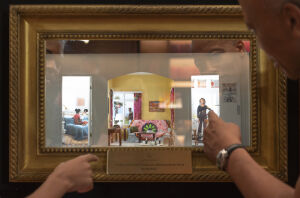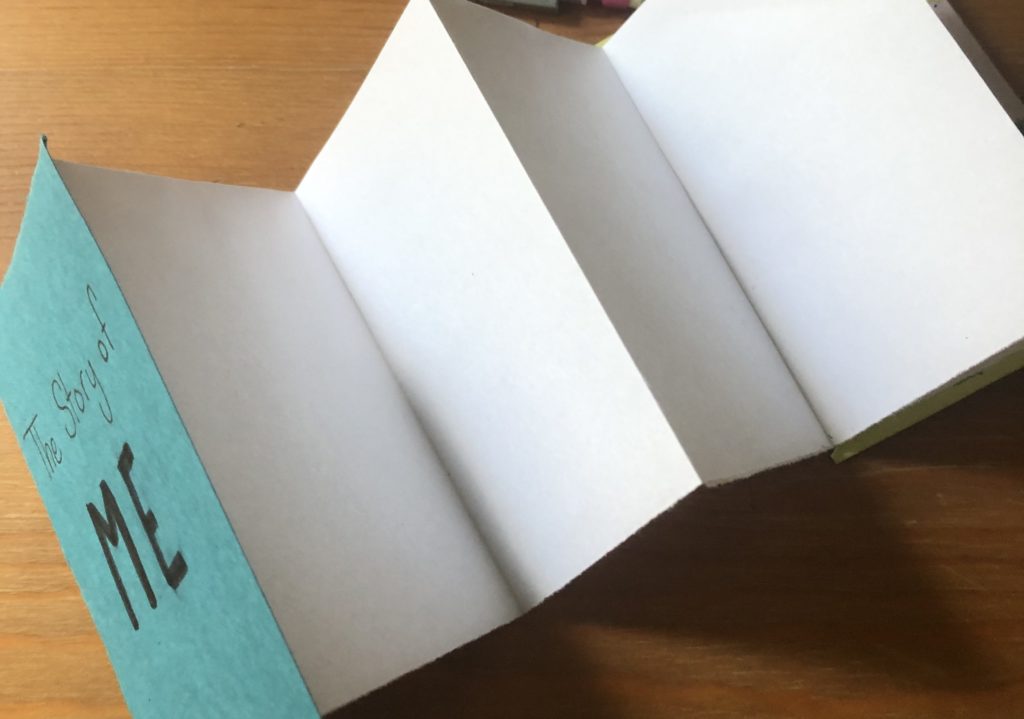How to Make a Diorama
Dioramas are a fun, hands-on way for kids to bring their favorite stories to life. In Planet Word’s magical library, nine artist-made dioramas are hidden among the bookshelves, waiting for you to discover them and their miniature worlds. Try making a diorama based on a book you love or follow along as we make one based on a book that’s in the museum, One Crazy Summer. Finally, hear from a professional artist about her diorama-making techniques.
STEP 1: PICK A QUOTE
First, select a book, scene, or specific line to bring to life. Read your selection a few times and notice the details you can use in your diorama.
Here, we chose Cecile’s house from One Crazy Summer by Rita Williams-Garcia.
“Cecile…pointed us to the living room, where she had laid out a waxy tablecloth on the floor. We spread out around the cloth. Cecile took over everything, dumping shrimp lo mein and an egg roll on each plate.”
STEP 2: GATHER MATERIALS

Diorama artist Susan Leopold suggests using what you have around the house in creative ways. For example, a toothpaste cap makes a perfect lampshade! Look around your house and see what you can use to create your scene. Here’s what we used:
The essentials:
- Cardboard box (shoe or tissue boxes work great)
- Scissors
- Glue or tape
- Cardboard or paper

Possible additions:
- Pencil
- Ruler
- Markers or crayon, paint, etc.
- Recyclables
- Other odds and ends from around the house
STEP 3: ASSEMBLE YOUR DIORAMA

Use your box as the base for your diorama.
Assemble furniture and objects.
Place everything in your box.
You can glue everything down, or leave it loose to be rearranged or played with later.
STEP 4: SHARE WITH US
We’d love to see a picture of your completed diorama! Share yours by posting on social media and tagging @PlanetWordDC or #PlanetWord.
STEP 5: LEARN MORE
For more inspiration, check out diorama artist Susan Leopold’s diorama of Cecile’s house from One Crazy Summer below.

“Cecile wasn’t in the living room, which meant she was in her kitchen.”

